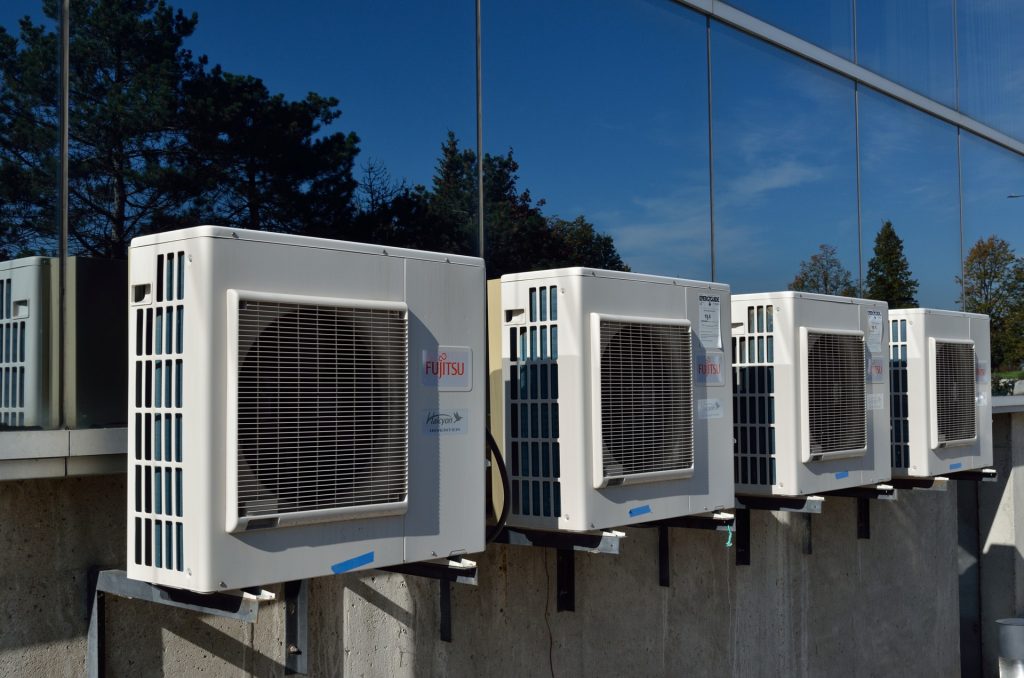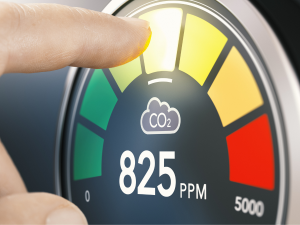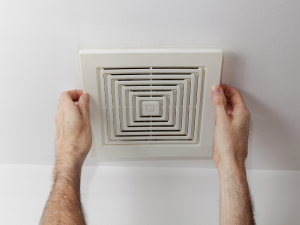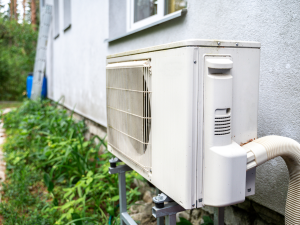A good HVAC system is supposed to supply cool air to your home. It does this by circulating refrigerant or coolant between the evaporator situated inside your house and the condenser located outside your house.
A heat exchange process takes place in the condenser. The heat is absorbed and then released into the surrounding, leaving cold air that is circulated back into the house.
However, sometimes you may find your HVAC running but not cooling. This can leave you feeling frustrated and confused on whether to repair it or install another one.
There are several reasons why your HVAC may not be cooling properly. Some of these may be technical problems that need professional intervention, while others are not technical. Below are six of the most common.
If you find your HVAC not cooling as expected, it could be because of one of the following reasons.
1. Clogged or Dirty air filter
This is the most common reason for an HVAC unit not cooling properly. When the HVAC filter is not clean or is clogged with dirt, the airflow within the system is restricted.
This, in turn, has a negative effect on the cooling capacity of the HVAC system. The majority of the warm air that is pulled from your home will not be cooled and is recycled back as warm air.
A dirty air filter also affects the proper functioning of the thermostat. It may also cause the evaporator coil to freeze.
To check whether your air filter is clogged, remove it and check whether it is possible to see through it. If you can’t, you may have to clean it or replace it altogether.
2. Dirty Condenser Coils
The condenser acts like a radiator in an HVAC system. It has a set of coils that remove heat from the air. This heat is then dispelled to the outside, thus cooling your home’s air as it flows back into your home.
If the condenser coils are not clean or loaded with debris, they will not function properly. This means they will not efficiently remove the heat from your home’s air as it passes over them.
The dirtier the coil gets, the less efficient the HVAC unit becomes. This greatly reduces the capacity of the HVAC unit to cool your home because the air that circulates back to your home will be warmer than expected.
3. Incorrect Thermostat Settings
Although this is not a major problem, it is another common reason why you may find your HVAC not cooling properly.
A thermostat is a device in the HVAC system that detects the room temperature and then sends a signal to the compressor to either start or stop the cooling cycle.
If the thermostat is defective or is not set properly, your air conditioner may not cool your home as expected.
For example, if the thermostat is set to “on”, the compressor will continue blowing air even when the HVAC system is not in a cooling cycle. Because of this, some warm air may be cycled back into your home.
You can address this issue by keeping your thermostat on the “auto” setting so that the fan can only work when cooling air.
4. Faulty HVAC Capacitor
The work of HVAC capacitors is to power the motor in the compressor and fan to run. So if the capacitor is faulty, the system will not function properly. This is the reason why you may find the outdoor fan running while the compressor. As a result, the air that comes into the system is not cooled.
This problem can be detected easily. If you hear a clicking sound emanating from your HVAC system, it is a sign that the capacity is faulty or is showing signs of failing.
If you’re clear this is why your HVAC is not cooling properly, switch off the HVAC system immediately before it damages the motor. Being a technical problem, it is recommended that you seek the services of an HVAC technician to help you.
5. Low Refrigerant Level
The refrigerant is the fluid that removes heat from your home’s air. It circulates through the condenser coils and in the process, cools the air flowing over it. The cool air is then recycled and sent back into your house.
So, if the refrigerant is not enough, cooling may not happen properly. One of the main causes of this insufficiency is leakage. If there is a problem within the system that causes the refrigerant to leak, it needs to be fixed quickly. That is why regular servicing is required if you want to prevent such a problem from occurring.
You can easily tell whether there is a problem with the refrigerant by looking out for any hissing sounds or ice buildup on the outside unit.
6. Damaged Compressor
The compressor is a very important part of an HVAC unit. In fact, it is considered the heart of the air conditioning unit. It regulates the flow of the coolant between the evaporator and condenser coils.
If the compressor starts to malfunction, the cooling cycle will not happen, meaning the HVAC system will not have cool air to dispense into your home. If anything, the same warm air that is pulled from your home is just recycled back through the vents.
Several things may cause your compressor to malfunction. They include a defective start capacitor, faulty wire, or just a problem with the compressor itself. Unfortunately, if the compressor is damaged, there is no other remedy but to replace it.
7. Frozen Evaporator Coil
The evaporator coil is one of the indoor components of a central HVAC system. If the indoor unit is a furnace, the evaporator coil is located outside the furnace in its own cabinet.
On the other hand, if your indoor unit is a fan coil, you should find the evaporator coil located within the fan coil cabinet.
Warm air pulled from your home passes through the evaporator coil for heat removal. But if it’s frozen, heat removal won’t happen, meaning no cool air will be circulated back to your home.
How would you know whether the evaporator coil is frozen? Inadequate cooling is one of the signs. Other signs include the formation of frost on the copper refrigerant tubing or the exterior refrigerant tubing.








